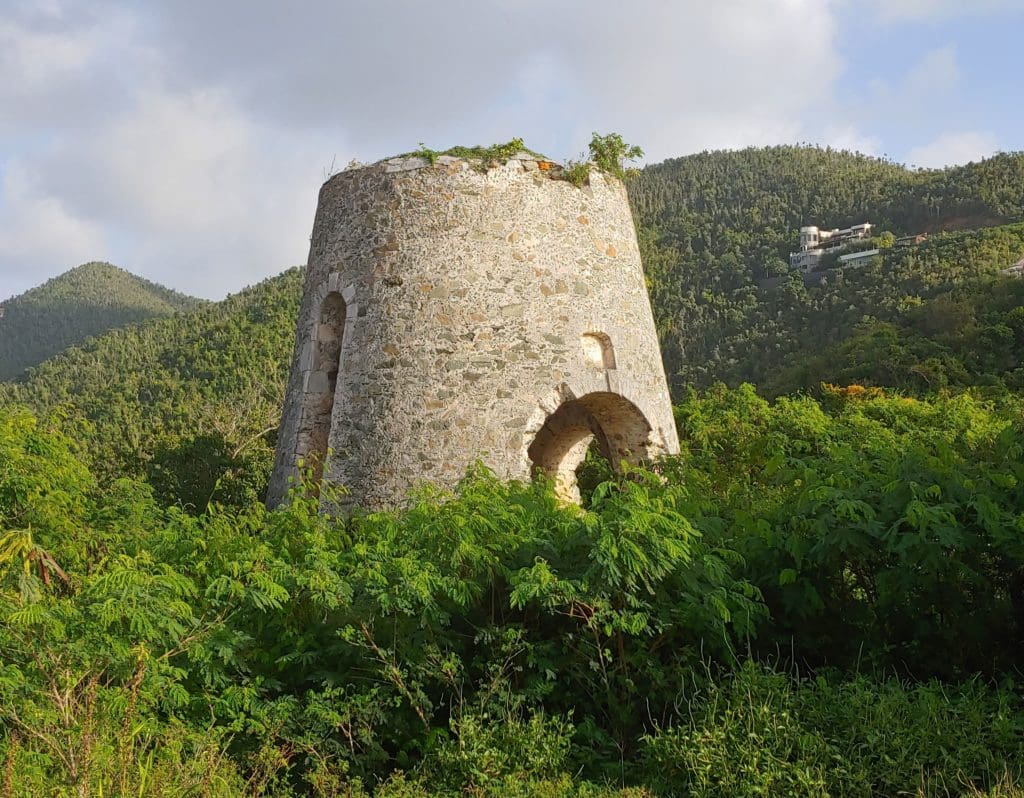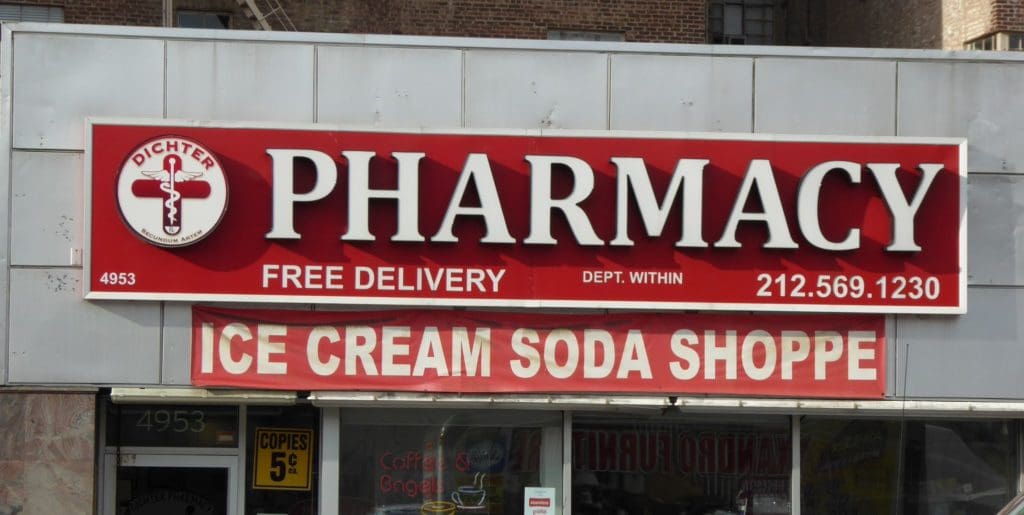
This is the final installment of a 4-part serialization of the first chapter of a book being written by Shaun A. Pennington about the historical and modern-day consequences of sugar that have plagued Virgin Islanders and Americans for 400 years. The excerpts – which have been edited for purposes of this Black history series – paint a grim picture of the ties between slavery’s horrific place in Black history in the Virgin Islands, Caribbean and United States and the nature of the substance that secured slavery as an institution and whose side effects people of color often suffer disproportionately from to this day.
Sugar and its unimaginable profits had exacerbated the fury with which planters were determined to maintain slavery at any cost, but its habit-forming allure goes back hundreds of years before Columbus and his followers delivered the plague to “the New World.”
Sugar’s popularity has been chronicled as far back as the Crusades and even before when it was available only to the very wealthy.
Edward I’s household consumed 6,000 pounds of the stuff in one year – 1288. Two hundred fifty years later Elizabeth I reportedly spent her life covering up her rotted, black teeth – the result of her sugar addiction.
Jerry Broton, in his work “The Sultan and the Queen,” writes, “We have accounts by European travelers, who describe Elizabeth as a small woman with blackened teeth from eating so many sweet meats and candies.”
Broton goes on, “The predominant importation of sugar at that time was from what we would now call Morocco, as a result of Elizabeth’s Anglo-Islamic alliance with the Saadian Dynasties.” He says, “It’s quite ironic. The Moroccans are fighting the Spanish while Moroccan sugar is destroying Elizabeth’s teeth, and English armaments are helping the Moroccans kill other Christians.”
Five hundred years ago, the addiction to sugar drove monarchs to reach beyond global conflicts to satisfy their body’s demand for sugar. “Elizabeth liked anything sweet,” Broton says. “Candied fruit was a big thing. Everything is just steeped in sugar!”
Images of Edward I and Elizabeth I never show them smiling. Perhaps that was simply the way monarchs of the time postured, or maybe it was to hide their sugar-rotted teeth.
Unlike the closed-mouthed monarchs, commoners of the time deliberately blackened their teeth in an effort to portray themselves as upper class before they could actually afford to buy sugar.

It was slavery that provided the historic end note that ultimately introduced sugar to the plebeian palate, increasing its value by a factor of billions.
But planting, harvesting and processing sugar was not for the weak.
Prior to African bondage in the New World, sugar plantations in the Mediterranean were worked by Russians, or anyone else captured in war, according to “Sugar Changed the World,” by Marc Aronson and Marina Budhos. But a combination of northerners’ weaker constitutions in tropical climates, and a lack of firewood to keep the vats boiling, would eventually lead south.
Africans died in far fewer numbers than the European indentured servants or prisoners that first tried their hands in the canefields. Africans had some immunity to Malaria, and they were already accustomed to the climate. They also didn’t have to legally be paid or provided with remuneration after their servitude ended as did, theoretically anyway, the indentured.
It naturally followed then that not too long after the European discovery of the Caribbean part of “the New World,” the wretched “Middle Passage” would deliver millions of enslaved men and women to the tropical world Columbus had encountered.
According to slavevoyages.org, estimates of how many slaves were brought from Africa between 1501 to the last known delivery of human commodities from Africa in 1866 range from 10-12.5 million. (The figures refer to the number of African slaves who actually survived the journey.) Of those, 5.3 million – half– were dispatched to the Caribbean basin’s canefields. The remaining few million went to South America.
Compared to the 388,767 delivered initially to what is now the U.S. mainland, where they were forced to pick cotton and tobacco, it is easy to see the outsized role of sugar planting in the slave trade.
It should be no surprise that on a timeline there is a steady increase in the slave trade beginning in 1641 when the first sugar exports began.
The effects were profound and far-flung across the Caribbean.
The Virgin Islands were only a small part of the entire picture of sugar slavery in the Americas.
Jamaica was the largest importer of sugar slaves, bringing more than one million shackled Africans to its shores during that 350-year period. While cocoa and coffee plantations were part of the economy of slavery, sugar remains the largest industry in Jamaica, employing about 50,000 people.
Barbados, nearing a half million slaves to work the cane fields in the heyday of Caribbean sugar exportation, used 90 percent of its arable land to grow sugar cane.
Sugar was truly worth its weight in gold, and those who sought its monetary rewards used whatever means necessary to secure their ends.
A picture of the callousness that permeated the 17th- and 18th-century world of sugar is illustrated in an excerpt from “Sugar and Slaves,” by Richard S. Dunn.
“When a French ship arrived in the New World with a load of slaves to be bartered for sugar, the value of the slaves equaled about twice as much sugar as the ship could carry back to France. For that reason, the most common form of slave contract called for fifty percent of the sugar to be delivered immediately and the remainder to be delivered a year later. The second delivery carried no interest penalty, and so the slave sellers were in effect giving the buyers an interest-free loan.”
The modern sugar plague, much as the curses of cholera and malaria that wiped out huge swaths of humanity in the days before modern medicine thwarted their unabated advance, is like an occupying army. Once it has penetrated defenses, it is able to divide and conquer, pitting surviving remnants against each other. In every community, no matter how tight-knit, some sell out others. Some are willing to forsake others as “acceptable losses.” Some feel no hesitation to profit from the distress of others.
This phenomenon is no more evident than in the current pandemic. With a majority of the deaths from COVID-19 being among diabetics and people with heart disease, both of which are inextricably linked to added sugar in the diet – especially in communities of color where vaccines have been eerily absent and where “essential workers” often lack or have inadequate health insurance – it is hard to miss the long parallel road where sugar, bondage and death have traveled side by side.
Coincidentally, only a few years after slavery was abolished in the Danish West Indies, the Eensomhed slave village was the spot from which the 1854 Cholera epidemic spread. Though the slaves of Eensomhed and across the rest of the Virgin Islands had been recently freed, their sufferings were far from over.
The deadly outbreak began when a Hull Bay fisherman offered assistance to a plague ship in the bay. Despite all efforts to quell it, disease spread across St. Thomas eventually reaching tiny St. John, where it wiped out 10 percent of the population. At one point on St. Thomas, it was killing 60 people per day.
The sugar plague moving insidiously through the nation’s population today, with its roots in slavery in the West Indies, doesn’t kill quickly like cholera. And unlike cholera, the substance that causes it is as valuable a commodity as were slaves.
In its march across the United States sugar’s gifts of obesity and diabetes – before COVID – were worth nearly $1 billion a day to the healthcare industry alone, according to a 2016 Wall Street Journal article by Gary Taubes. A more recent article in Healthline puts the total tab for all sugar-related diseases at $779 billion, just shy of $1 trillion a year.
Illness in America is so costly (as much as 20 percent of and the largest contributor to the Gross Domestic Product) that venture capitalists have for several years been furtively buying up doctors’ practices. Imagine what corporate investors demand, what procedures are nickeled and dimed, what aging or inadequate equipment is not replaced, what salaries for medical professionals are low-balled – all in the demand for shareholder profits.
Imagine what that does to the people who, sickened from consumption of poisons, need trustworthy health services.
Then, the insurance vultures swoop in for the kill. After paying outrageous premiums for a lifetime, staying in jobs or locations that no longer work for them – also for a lifetime – a privately insured person who ends up with a serious health condition is very likely to be bankrupted by huge deductibles, under-insurance and co-pays. In a worst-case scenario, the consumer will become collateral damage when denied treatment by the insurer.
But make no mistake, as we have learned from the recent pandemic, it is not in the virus’s best interest to kill its hosts. It needs to keep them alive for as long as possible to extract every last bit of life (or money) until the day they are no longer of value. The actuaries employed by the insurance companies have worked out exactly how much the consumer will bear to meet the demand for ever-greater profits for the insurance barons.
As an addiction, sugar is widely compared to cocaine, but it is legal, far more socially acceptable, and some researchers have suggested far more addictive. And it is in everything. Seventy-five percent of all processed foods contain added sugar.
A captive consumer not only pays for the substance but later pays for the cure, while today’s still-subsidized modern-day planters – corporations, lobbyists and venture capitalists – rake in the gold.
Sugar remains the common denominator. Slavery in whatever way it is defined remains its inseparable companion.
See part 1: Black History: Sugar Slavery in the Virgin Islands
See part 2: Black History: The Plantation Next Door
See part 3: Black History: How Slaves Lived and Died